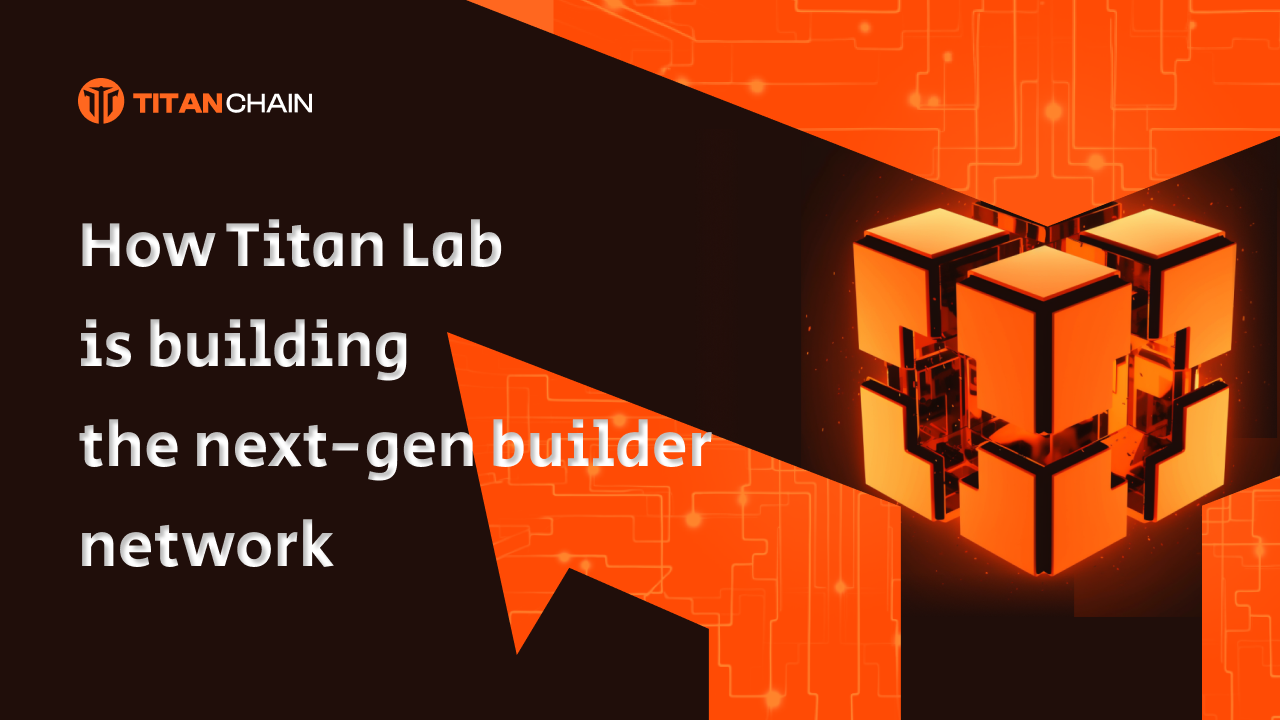As Layer 1 narratives move beyond raw performance metrics in 2025, the path to ecosystem growth is shifting from single-chain expansion to networked, multi-dimensional coordination. Emerging L1s like Sui, Berachain, and ZetaChain have embraced three key trends: standardized modules, localized operations, and developer-driven collaboration. Titan Lab is taking a similar approach—quietly but deliberately—positioning itself for the next wave of builder-centric L1 evolution.
Rather than relying on aggressive incentives or short-term airdrops, Titan Lab adopts a product-first, education-aligned strategy, combining multilingual content distribution, developer tool standardization, and on-the-ground regional activities. Its focus lies in Southeast Asia and Chinese-speaking markets—regions rich in developer talent yet underexposed in the current L1 landscape. This article explores Titan Lab’s strategic efforts to build a distributed, modular builder network.
From language to region: Titan’s multi-point community deployment
Titan’s community development efforts currently span three core markets: Singapore, Taiwan, and Malaysia.
- Singapore, home to Titan Lab’s headquarters, provides a strong regulatory foundation and deep developer resources. It also serves as a core output hub for content and product strategy, with an emphasis on institutional collaboration and technical direction.
- Taiwan focuses on local events, developer engagement, and content-driven outreach. Titan has partnered with university blockchain clubs through lectures and community-building initiatives, while also laying the groundwork for a regional developer team to support ecosystem projects.
Titan has already hosted multiple offline events in Taipei, including campus presentations, community meetups like Pizza Day, and the upcoming IPL Poker Tournament in June—solidifying local brand presence and grassroots reach. - Malaysia represents an emerging growth market in the Southeast Asian dev scene, with a distributed base of mid-sized developer teams. Titan Lab will participate in Malaysia Blockchain Week 2025 with an official booth, leveraging Powerflow and Untitled Wallet to showcase its modular infrastructure and integrated tooling capabilities.
In each region, Titan is building foundational capabilities across three pillars: education/content, open product modules, and localized engagement. Together, these nodes form a lightly centralized, multi-node builder network.
Not just a community, but a collaborative builder network
Titan’s builder strategy prioritizes products that serve both user and developer needs. Usability and integration come first—followed by a commitment to reusable, modular design.
- Powerflow is a native BTC staking protocol on Titan Chain, enabling non-custodial staking and on-chain yield. Titan plans to release SDKs allowing developers to integrate staking and yield modules with minimal effort, giving users seamless access to Bitcoin yield products.
- Untitled Wallet is a lightweight Web3 wallet with email login and QR-based payments, supporting Titan and other major networks. With its core modules standardized, it offers projects a ready-to-use Web3 onboarding solution tailored for retail adoption.
These components will anchor the upcoming Builder Portal, which will offer SDK/API documentation, contract templates, and integration examples—streamlining the builder experience across the Titan ecosystem.
Titan’s network isn’t just a social community or a marketing layer. It’s a functional developer infrastructure, where every new contributor, SDK fork, and regional workshop becomes a node of coordination and utility.
But whether this model proves sustainable hinges on three key variables:
- Can the modules offer real usability and integration efficiency?
- Can regional teams mature into local hubs that contribute tools and feedback?
- Beyond events, can Titan offer ongoing builder incentives and long-term engagement paths?
For now, these are open questions. Yet from its current trajectory, Titan isn’t just aiming to be another “faster chain.” It is shaping up as a Builder-as-a-Service platform layer—one that fuses tooling, education, and localized access into a coherent whole.
In a market where many L1s remain stuck in similar narratives, Titan’s builder-first approach signals a distinct path forward—one that aligns more closely with real-world deployment and developer ownership.


